Colouring is a versatile and therapeutic activity, offering relaxation and creative expression for all ages. It combines art, mindfulness, and self-care, making it accessible to everyone, regardless of skill level.
1.1 What is Colouring?
Colouring is an art form that involves filling spaces with color using tools like pencils, markers, or pens. It’s a universal activity that appeals to all ages, offering a creative outlet and therapeutic benefits. Colouring can range from simple, meditative exercises to complex, detailed artworks. It allows individuals to express their personal style and creativity while providing a calming, mindfulness-focused experience. Whether for relaxation or artistic expression, colouring is accessible to everyone, regardless of skill level, making it a popular hobby worldwide.
1.2 Benefits of Colouring for Adults and Children
Colouring offers numerous benefits for both adults and children. For adults, it provides a therapeutic escape, reducing stress and promoting mindfulness. It enhances creativity and can act as a form of meditation, improving mental well-being. For children, colouring develops fine motor skills, hand-eye coordination, and self-expression. It fosters patience, focus, and confidence while introducing them to color theory and art basics. Colouring bridges generations, creating a shared activity that sparks joy and relaxation for all ages, making it a timeless and universal hobby.

Essential Colouring Supplies

Colored pencils, markers, and high-quality paper are the cornerstone of a colouring kit. These tools enhance creativity and ensure vibrant, long-lasting results for all artistic projects.
2.1 Coloured Pencils: Brands and Types
Coloured pencils are a cornerstone of colouring, with brands like Faber-Castell, Prismacolor, and Crayola offering high-quality options. Wax-based pencils are vibrant and blendable, while oil-based ones provide light-fastness and fine details. Sets vary in size, from starter packs to professional ranges, catering to all skill levels. Metallic and pastel pencils add unique effects, expanding creative possibilities. Choosing the right brand and type depends on personal preference and the desired finish, ensuring your artwork stands out with rich, durable colours.
2.2 Markers and Paint Pens
Markers and paint pens are popular tools for colouring, offering vibrant, fluid results. Alcohol-based markers, like Copic or Prismacolor, blend easily and are ideal for layered, professional finishes. Water-based options, such as Tombow or Faber-Castell Pitt Artist Pens, provide bold, waterproof ink. Paint pens, like Posca, add opaque, textured effects. When using markers, start with light layers and build intensity. Experiment with techniques like layering and blending for smooth transitions. Always test colours on scrap paper first to ensure desired results. These tools are perfect for creating dynamic, eye-catching designs in your colouring projects.
2.3 Choosing the Right Paper
Selecting the right paper is crucial for achieving the best results in colouring. Look for paper with a high “tooth,” as it holds more pigment, reducing grainy textures. Bristol or mixed-media paper is ideal for coloured pencils and markers. Avoid thin or glossy paper, as it may bleed or resist colour. Test your paper with your tools to ensure compatibility and desired results. Investing in quality paper enhances vibrancy and detail, making your colouring experience more enjoyable and professional.
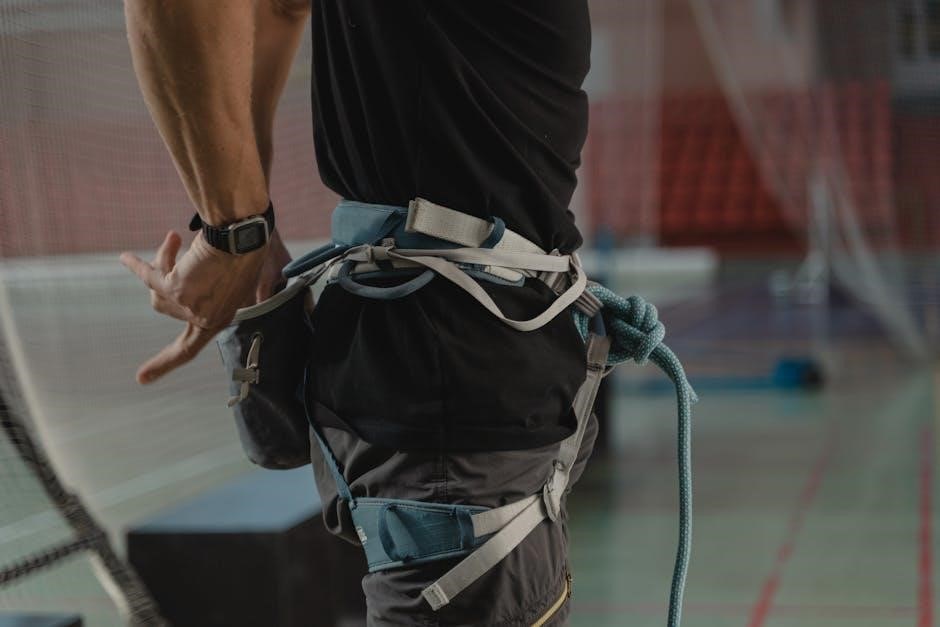
Basic Colouring Techniques
Mastering basic techniques is key to achieving smooth, even colours. Start with consistent strokes, layering, and blending to build depth and vibrancy in your artwork.
3.1 How to Hold a Coloured Pencil
Holding a coloured pencil correctly enhances control and comfort. Grip it like a writing pencil, with a relaxed hold and fingertips close to the tip for precision. Avoid tight grips to prevent hand fatigue. For detailed work, keep your hand near the pencil’s tip; for broader strokes, hold it slightly further back. Experiment with different grips to find what works best for you, ensuring comfort during long sessions. Proper posture and a sharp pencil also contribute to better results and reduce strain.
3.2 Achieving Even Colours
Achieving even colours requires patience and consistent technique. Start by colouring in small, overlapping strokes, varying directions to prevent visible lines. Circular motions blur edges, while linear strokes can create texture. Layering light coats builds depth without patchiness. Repeat strokes over areas, ensuring pigment fills evenly. Sharp pencils help reach fine details, and high-tooth paper minimizes grain. Avoid heavy pressure initially, as it can embed pigment unevenly. Practice blending and re-layering to smooth transitions. Even colours enhance the final piece, making it look polished and professional while maintaining your artistic intent.
3.3 Layering and Blending Basics
Layering and blending are essential techniques for creating smooth transitions and depth in your colouring. Start with light layers, gradually building up colour intensity. Use circular motions or gentle strokes to blend edges, ensuring a seamless merge of hues. Tools like blending stumps or tortillon can soften harsh lines. Experiment with layering different shades to achieve rich, vibrant tones. Avoid over-layering, as it can saturate the paper. Practice blending techniques on scrap paper to master control and precision. These methods enhance your work, adding dimension and realism to your designs while maintaining a natural, polished look.
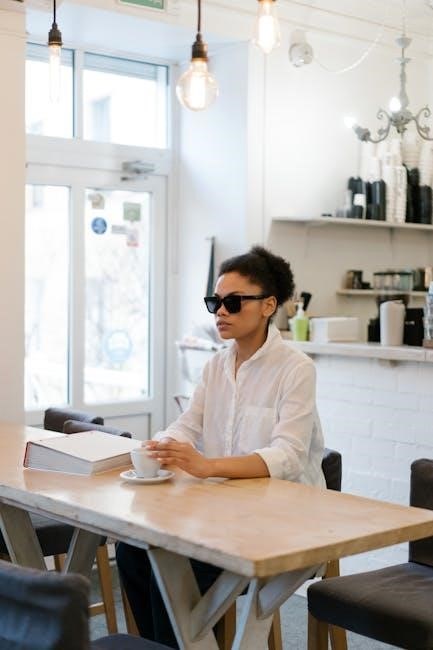
Advanced Colouring Techniques
Explore beyond the basics with advanced techniques like hatching, cross-hatching, and stippling. These methods add texture, depth, and realism to your work, enhancing your creative expression.
4.1 Hatching and Cross-Hatching
Hatching and cross-hatching are advanced techniques that involve creating patterns with parallel or intersecting lines. Hatching uses parallel lines to build texture and depth, while cross-hatching layers these lines at angles to enhance shading and dimension. These methods are ideal for adding intricate details and creating realistic effects. When applied correctly, they can transform flat areas into dynamic, three-dimensional forms. However, cross-hatching can sometimes appear flat if not executed carefully. Practice these techniques to master the art of adding complexity and visual interest to your coloring projects.
4.2 Stippling for Texture and Depth
Stippling is a technique that involves creating patterns with small dots to build texture and depth. By varying the density and spacing of the dots, you can achieve a range of tonal values, from light to dark. This method is particularly effective for adding intricate details and realistic textures to your work. It works well for creating shading, gradients, and complex patterns. While stippling can be time-consuming, it offers a high level of control and precision, making it ideal for adding depth and dimension to your coloring projects.
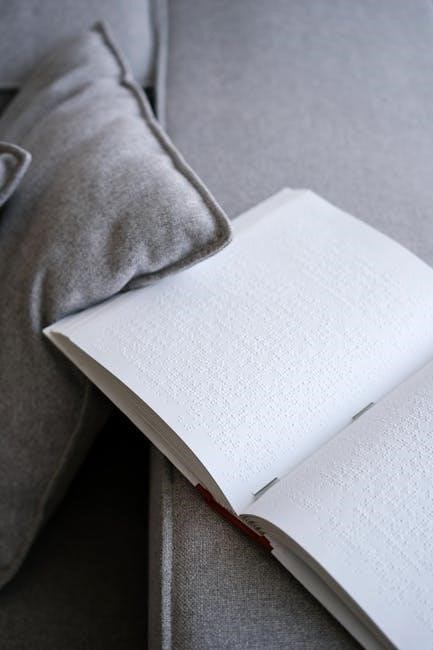
4.3 Blending for Realistic Effects
Blending is a key technique for achieving realistic effects in colouring. It involves layering colors to create smooth transitions and gradients. Start with light layers, gradually building depth by adding darker shades. Use blending stumps or solvents for seamless color merging. This method is ideal for creating soft skies, natural skin tones, and lifelike textures. Practice varying pressure to control pigment intensity, ensuring a polished finish. Blending enhances dimension and realism, transforming flat colors into dynamic, visually appealing artwork.
4.4 Shading and Shadow Techniques
Shading and shadow techniques add depth and dimension to your colouring. Use varying pressures and strokes to create gradients, with darker shades for shadows and lighter for highlights. Hatching (parallel lines) and cross-hatching (layered lines) are effective for detailed shading. Identify the light source and apply shadows accordingly to enhance realism. Building layers gradually ensures smooth transitions. Practice these techniques to master realistic effects and elevate your artwork with dynamic shading.
4.5 Adding Texture to Your Work
Adding texture to your colouring enhances depth and visual interest. Techniques like stippling create detailed, patterned textures, while hatching and cross-hatching build layered, dimensional effects. Experiment with varying strokes—dotted, linear, or swirling—to mimic real-world textures like fabrics, wood, or skin. Layering colours and using different pressures can also simulate texture. For realism, study the texture of your subject and replicate it with precise, deliberate mark-making. Practice these methods to bring life and authenticity to your artwork, making it more engaging and visually captivating.
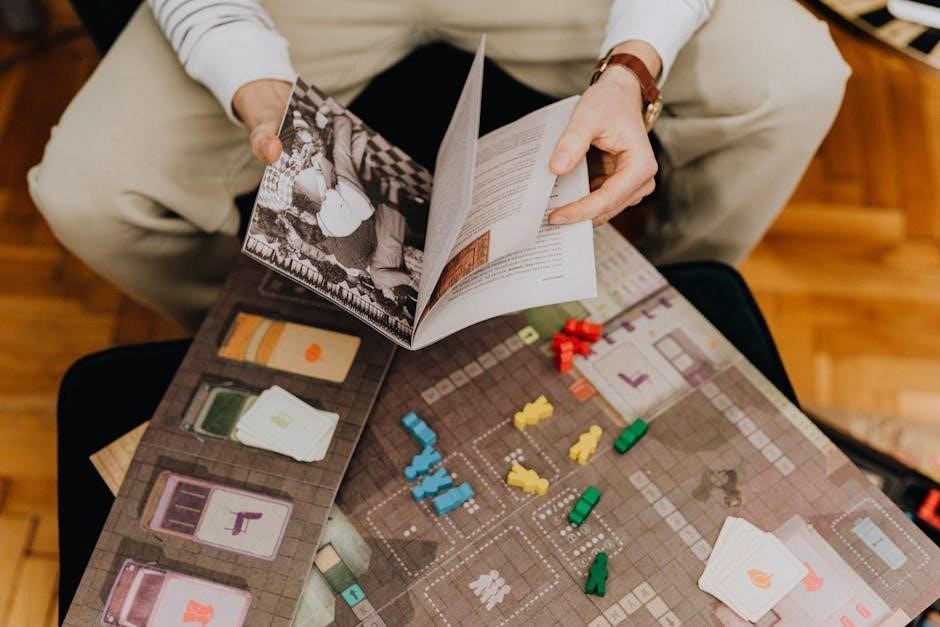
Tips for Smooth Colouring
For smooth colouring, use gentle, consistent strokes and vary pressure to achieve even tones. Layer colours gradually and blend edges for seamless transitions. Practice repetition to fill gaps and avoid patchiness, ensuring vibrant, professional results.
5.1 Using Pressure for Different Effects
Using varying pressure with colored pencils or markers can dramatically alter the intensity and texture of your colors. Light pressure creates soft, delicate shades, while increased pressure produces richer, more vibrant tones. This technique allows for dynamic transitions between light and dark, adding depth to your artwork. Experimenting with pressure control helps achieve subtle gradients and detailed textures, enhancing the overall visual impact. Practice adjusting your grip and stroke pressure to master this essential skill for creating professional-looking results in your coloring projects.
5.2 The Importance of Repetition
Repetition is a key technique in colouring, allowing you to build depth and richness in your work. By layering colors multiple times, you can cover the paper’s texture and achieve smooth, even tones. This method is especially effective with colored pencils, as repeated strokes blend pigments seamlessly. Practice patience and consistency, applying gentle pressure in overlapping strokes to merge colors and create vibrant, professional-looking results. Repetition helps eliminate patchiness and ensures a polished finish, making it an essential practice for mastering smooth colouring techniques.
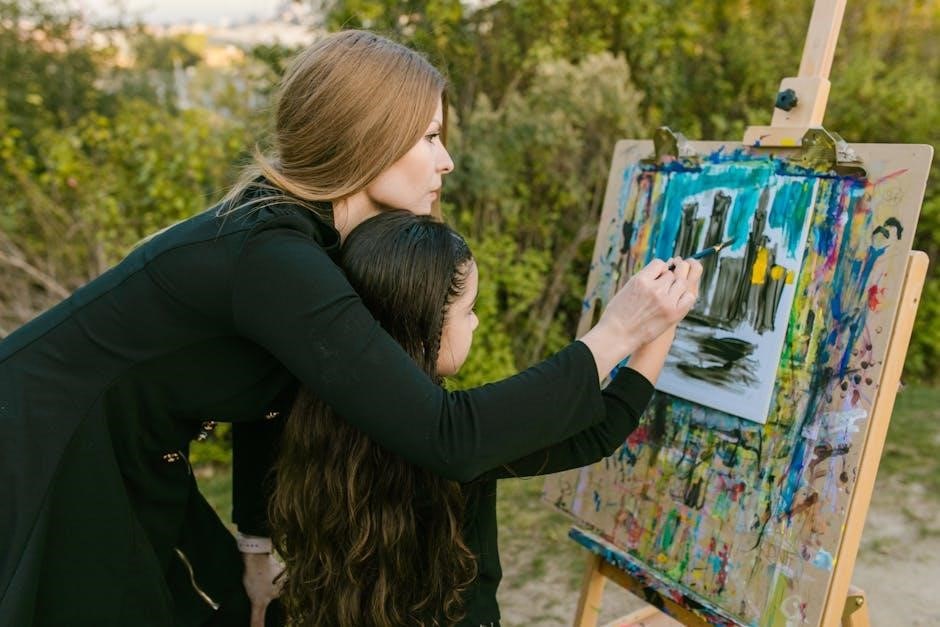
Common Mistakes and How to Fix Them
Common mistakes include applying too much pressure, causing breakage, and using incorrect paper types. Fix these by using gentle strokes and high-quality paper for smooth results.
6.1 Avoiding Patchy Colours
Avoiding patchy colours requires careful layering and stroke techniques. Start with light layers, gradually building up colour to ensure even coverage. Varying stroke directions, such as using circular motions or cross-hatching, can blend colours seamlessly. Using high-quality, smooth paper designed for colouring helps prevent uneven pigment distribution. Additionally, maintaining consistent pressure and avoiding heavy handedness minimizes the risk of patches. Practising these methods and adjusting your approach as you work will lead to smoother, more uniform results in your colouring projects.
6.2 Fixing Grainy Textures
Grainy textures in colouring can be addressed by refining your layering technique. Use sharp pencils to fill in small gaps, ensuring pigment reaches all paper areas. Layering in multiple directions helps cover unevenness. Apply gentle, consistent pressure to avoid pressing too hard, which can expose the paper’s texture. Repeat layers gradually, allowing each to blend smoothly. Choosing high-quality, high-tooth paper minimizes graininess, as it holds more pigment. Burnishing with a blender or lighter pencil can also smooth out rough areas, creating a more polished finish.
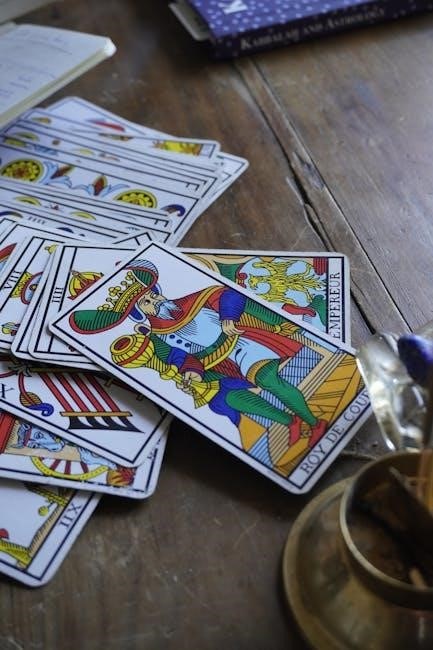
Colouring for Relaxation and Creativity
Colouring is a mindfulness practice offering relaxation and creative expression. It combines art, therapy, and self-care, making it accessible to everyone for stress relief and personal growth.

7.1 Finding Inspiration in Colour
Color is a powerful tool for sparking creativity and emotion. By experimenting with vibrant hues and subtle tones, you can uncover new ways to express yourself. Inspiration can come from nature, art, or personal experiences. Exploring color palettes and combinations allows you to evoke specific moods and atmospheres in your work. Whether you prefer bold contrasts or soft pastels, color offers endless possibilities for self-expression. Let your surroundings and imagination guide your choices, and embrace the journey of discovering what resonates with you. This process fosters both creativity and relaxation, making it a fulfilling experience.
7.2 Experimenting with Different Styles
Exploring various colouring styles can enhance your creativity and help you discover what resonates with you. Realistic colouring focuses on detailed shading and blending to mimic real-life textures, while abstract styles embrace bold, vibrant hues and loose strokes. Minimalist approaches emphasize simplicity, using clean lines and limited color palettes. Vintage styles often incorporate distressed effects or classic patterns. Each style offers a unique way to express yourself, allowing you to grow as an artist and find the methods that best suit your creative vision. Experimentation is key to unlocking new possibilities and enjoyment in your colouring journey.





